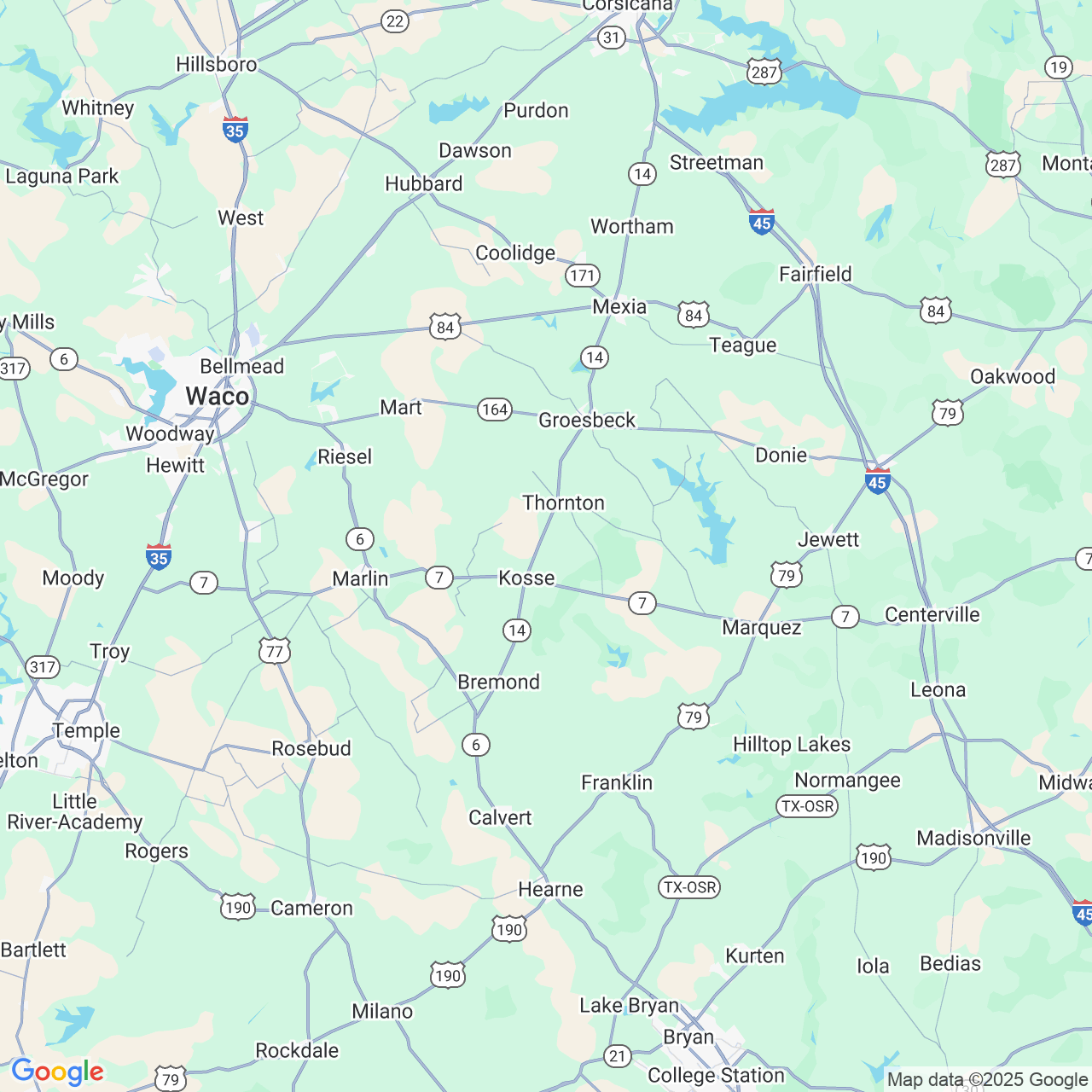Hair Follicle Germs Help Researchers Scale Up Hair Regeneration
We have reported on a lot of new advances and discoveries in hair regeneration in recent years, but one element has been missing – until now. That missing element has been mass production – the idea that for many people experiencing hair loss, a few hundred new hair follicles is not going to be acceptable. A few thousand new hair follicles – or many thousands – are needed to make a real difference in looks and confidence.
Many of the scientific advances have painstakingly worked to develop techniques that result in tissue that produces a relatively small number of hair follicles. However, recent research out of Yokohama National University shows promise in the mass production of hair producing tissue. The research was guided by Associate Professor Junji Fukuda, Ph.D. with the help of Fellowship Researcher Tatsuto Kageyama. Their paper, “Spontaneous hair follicle germ (HFG) formation in vitro, enabling the large-scale production of HFGs for regenerative medicine,” was published in the journal, Biomaterials.
As described in Science Daily’s story, “Practical Hair Regeneration Technology,” the work involves the mass production of natural new hair on mice through preparation of something called hair follicle germs (HFGs). These aren’t germs in the sense that you can catch a cold from them – they are the reproductive source of hair follicles.
Until this latest research, scientists have only been able to produce about 50 HFGs at a time in the lab. That’s what makes Dr. Fukuda’s findings so exciting – his team was able to produce 5,000 HFGs at a time. Numbers like that are why there is so much excitement around the application of regenerative medicine in hair restoration. If we can produce thousands of hair follicles, we can really make a significant difference for just about anyone experiencing hair loss.
But growing cells is a lot different from growing hair, so the researchers conducted further tests to see if these mass-produced HFGs could successfully grow hair on the body of a bald mouse. They transplanted the HFGs from the culture where they were grown to the body of a mouse and observed the growth of black hair follicles at the two transplantation sites -- the back and scalp.
I don’t think the mouse is going to be bragging about his hair restoration anytime soon -- the scientists weren’t particularly skilled or artistic in their transplantation techniques as we are here at Arocha Hair Restoration! Kidding aside, the idea that a laboratory could successfully grow lots of donor follicles is awe inspiring. For us, it is like an artist being given never-ending buckets of paint with which to create.
That said, because his team is using lab mice and not humans at this point, some people have thrown up caution flags about making too much out of Dr. Fukuda’s findings. However, he is quoted in Science Daily as saying there is evidence that the method they’ve developed may work on humans as well.
“We hope that this technique will improve human hair regenerative therapy to treat hair loss such as androgenic alopecia,” he said. “In fact, we have preliminary data that suggests human HFG formation using human keratinocytes and dermal papilla cells.”
IT Media in Japan published a brief interview with Dr. Fukuda in which he said the experiments have been ongoing for about two years and predicted they are still about 10 years from coming to market.
Another aspect of the research unexpectedly captured the attention of mainstream media here in the U.S. when they saw that the researchers used a substance called, “oxygen permeable dimethylpolysiloxane.” In the lab, Dr. Fukuda used this material at the bottom of the culture vessel, and the decision proved to be one of the keys to the mass production of HFGs. The media picked up on it because it happens that McDonalds adds oxygen permeable dimethylpolysiloxane to its cooking oil to prevent its deep fryers from splashing when fries are added.
The laughable suggestion from Newsweek and other media outlets was that perhaps McDonald’s fries could promote hair regeneration! Of course, that is ridiculous. There are lots of safe chemicals that are used in the lab and also common in other settings.
We pledge to keep our eye on developments coming from Yokohama National University, especially as Dr. Fukuda and his team move closer to human trials. In the meantime, we encourage those experiencing hair loss to explore the proven and successful medical and surgical options available today. To learn more about Dr. Bernardino Arocha and his hair restoration practice, visit www.arochahairrestoration.com or www.facebook.com/ArochaHairRestoration.



